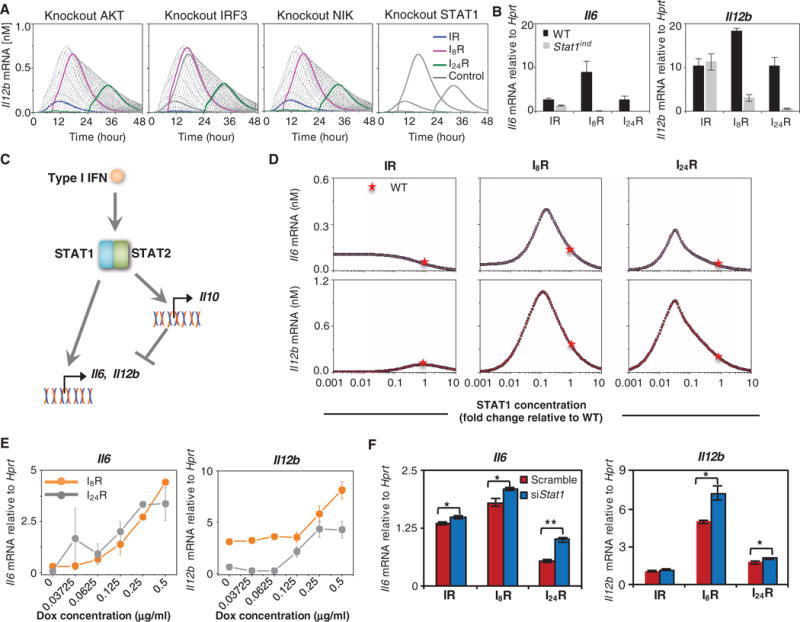Fig. 7. In silico and empirical perturbation of the JAK-STAT pathway reveals the complex regulatory role of an I1-FFL.

(A) Knockout simulations highlight the importance of the JAK-STAT pathway in stimulating synergistic cytokine production. Time-course analysis of changes in Il12b mRNA abundance in the absence of AKT, IRF3, NIK, or STAT1. The series of curves refer to different time intervals between the two stimuli (similar to Fig. 5A). (B) BMDMs isolated from wild-type (WT) and Stat1ind mice (in the absence of doxycycline treatment) were subjected to stimulation under the IR, I8R, and I24R conditions. Eight hours after treatment with R848, the relative abundances of Il6 (left) and Il12b (right) mRNAs were determined by qRT-PCR analysis. (C) Outline of the STAT1-mediated I1-FFL. STAT1 not only stimulates the production of IL-12p40 and IL-6 but also enhances the production of IL-10, which inhibits IL-12p40 and IL-6 production. (D) Simulations of the relationship between the indicated initial concentrations of STAT1 and the amounts of Il6 (top) and Il12b (bottom) mRNAs produced under the IR, I8R, and I24R conditions. The red star denotes the initial STAT1 concentration in WT cells (2.3 nM) as computed by model calibration. (E) BMDMs isolated from Stat1ind mice treated with the indicated concentrations of doxycycline (Dox) for 24 hours were then subjected to the indicated stimulation conditions. Eight hours after treatment with R848, the relative abundances of Il6 (left) and Il12b (right) mRNAs were determined by qRT-PCR analysis. (F) Stat1 knockdown enhances cytokine production. J774 cells were transfected with either Stat1-specific siRNA (siStat1) or scrambled control siRNA. Twenty-four hours later, the cells were stimulated under the IR, I8R, or I24R conditions. Eight hours after treatment with R848, the relative abundances of Il6 (left) and Il12b (right) mRNAs were determined by qRT-PCR analysis. Data in (B), (E), and (F) are means ± SEM of three individual experiments.
